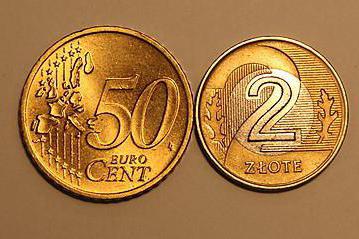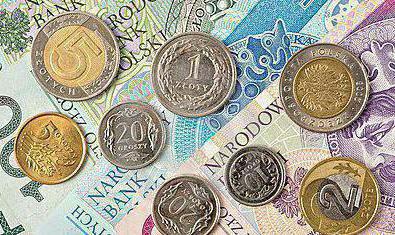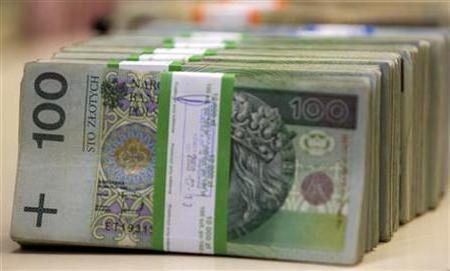Poland has been a member of the European Union for over 10 years. Despite this, the country's government does not switch to the euro. Moreover, it substantially supports and develops its national currency, the zloty. The currency of Poland is a freely convertible payment unit that can be exchanged in almost every corner of our large planet.
Features of cash settlements in Poland
If we talk about the country itself, then on its territory it is better to exchange money not in banks, but in offices. So called special exchange points.
If you own a Visa or Maestro payment or credit card, you can take cash zloty from almost every ATM in the country. Also, these cards are suitable for settlements when visiting retail outlets, supermarkets, restaurants or at gas stations.
A unique feature of the Polish currency
Polish zloty is great for people with low vision, since the creators placed convex geometric symbols on its surface. Their form depends on the denomination of the bill. This is the main feature of the Polish currency.
On a banknote of 20 zloty there is a circle, 50 zloty can be recognized by a rhombus on its surface, 100 zloty have a “+” sign displaced for people with low vision, and a zloty 200 triangle.
History tour
Immediately after Poland adopted Christianity, its monetary traditions appeared. During the government of King Meshko I and subsequent rulers, dinars were made. These were thick coins with a traditional image on both sides.
After some time, these monetary units devalued, and already in the 11th century they looked like a plaque, on one side of which the king was depicted. They were so thin that they constantly broke.
The very first currency imported into Poland from the 14-15th century was foreign gold ducats.
Only in 1924, the country's bank ratified a new monetary system. Zloty became the country's currency. It became a substitute for the Polish mark and was the strongest convertible currency. One Polish zloty had a prime cost of 0.1687 grams of gold and was divided into 100 pennies.
Zloty during and after the occupation
During the German occupation, the currency of Poland was represented by paper notes. They were called the "occupying zloty of the governor general." These bills had the same design as the previous ones. Only the text on them was changed.
Small coins had the same appearance. But they were made of iron and zinc.
After the Second World War ended and the time of communism began, Polish zloty began to be used as an internal currency. No conversion was applied to it. Moreover, he practically could not withstand the onslaught of the American currency, and since 1989 has been under the constant influence of inflation. Prices in the country rose rapidly. The inflation rate was also growing rapidly. In 1982, it reached an indicator of more than 100%. And during 1990, prices rose by 285.5%. In those days, an average worker with an average wage received millions of zlotys.
Denomination and its consequences
This situation persisted before the denomination process took place on January 1, 1995. Then a thousand zlotys began to be equated to one, which led to the gradual stabilization of the Polish currency.
The country's financial stability resumed, which ensured the influx of foreign investment. In 1992, the zloty began to grow.
Nowadays, the currency of Poland is notable for its stability. It does not focus on other currencies, but within the country there is a free floating rate.This contributed to a significant increase in the country's economic indicators.
Zloty nowadays
Now in Poland there are the following denominations of zloty: 10, 20, 50, 100, 200. There are also coins in denominations of 1, 2 and 5 zloty. There are pennies, the value of which is 1, 2, 5, 10, 20 and 20 coins. Commemorative coins can also be used to pay for services and products.
Modern zloty is a stable monetary unit in Europe, which is very rarely exchanged for the euro. The course of the Polish zloty to the pan-European currency is 1 to 0, 2341. This significantly exceeds many other currencies of the world.
As for how the currency of Poland relates to the dollar, then 1 Polish zloty is equal to approximately 0.248 US dollars.